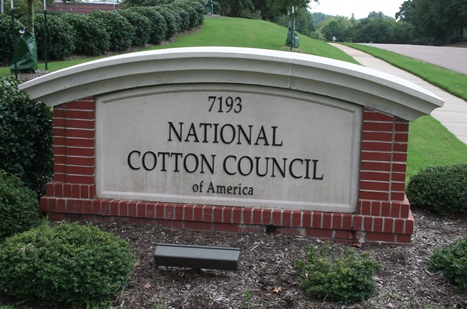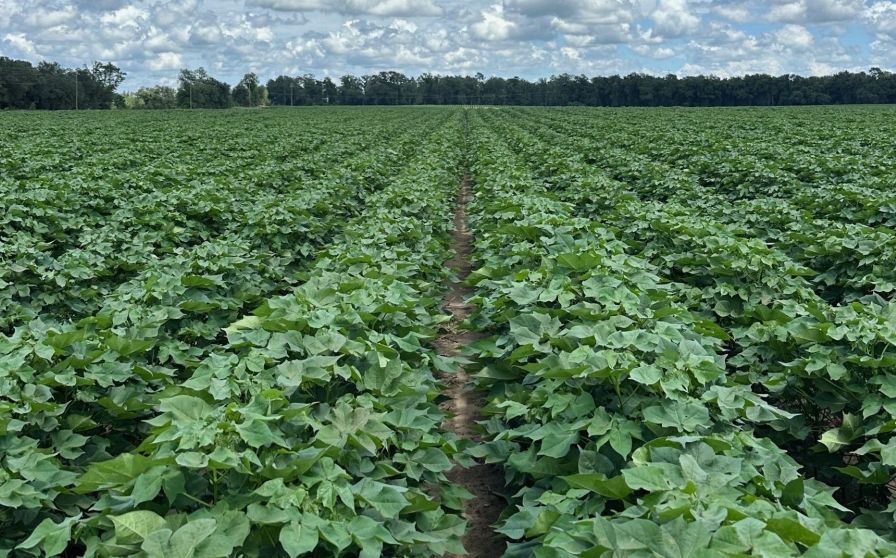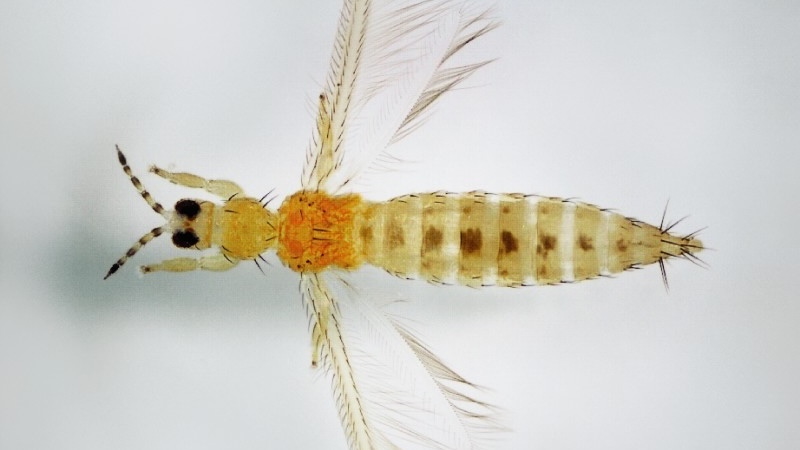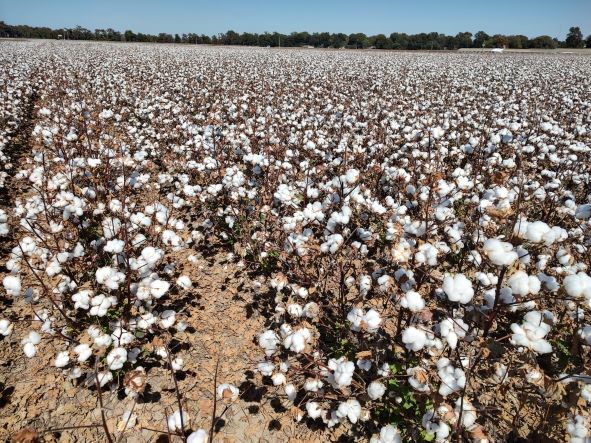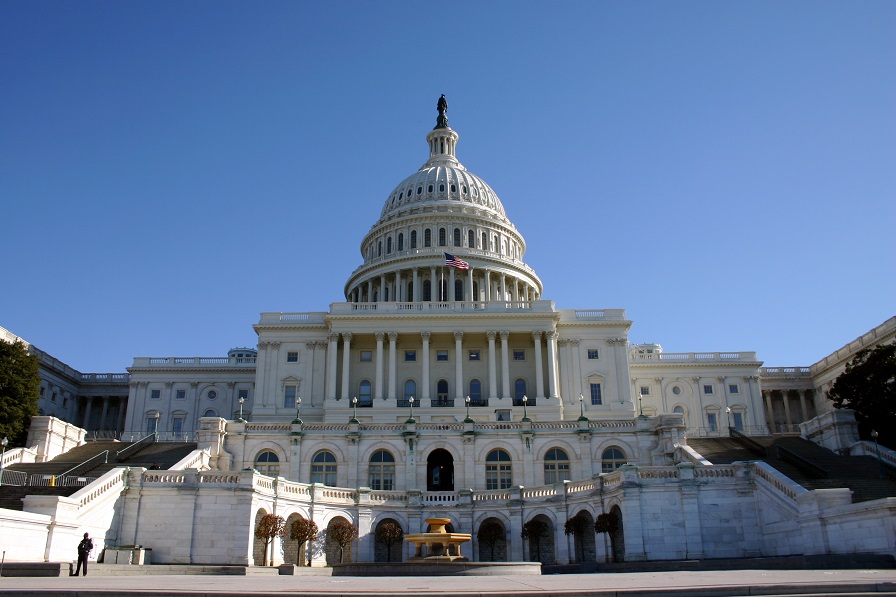EPA Reaches $2.5 Million Settlement with Monsanto
The U.S. Environmental Protection Agency (EPA)’s Environmental Appeals Board has approved the EPA’s settlement with Monsanto related to the planting of Bollgard and Bollgard II cottonseed in 10 counties in the Texas Panhandle prior to 2007, when such planting was not allowed due to Insect Resistance Management (IRM) considerations.
In these 10 counties, corn was the predominant crop, and growers wanted a 20 percent structured refuge for corn instead of the 50 percent structured refuge for corn in other parts of Texas and cotton-growing regions. EPA agreed to the 20 percent refuge, with the condition that Monsanto’s grower guide would include a statement prohibiting planting Bt cotton in these 10 counties. Due to an oversight, Monsanto’s grower guide failed to include the required language. Monsanto discovered the error in 2006, self-reported the oversight to EPA and immediately implemented an extensive outreach program to Texas seed companies, growers, retailers, extension agents, and cotton specialists to highlight the restriction in the 10 counties.
In May 2010, media reported that Monsanto had entered into a consent agreement with EPA’s enforcement office. The settlement was not final until approved by the Environmental Appeals Board. The negotiated civil penalty is $2.5 million.
“This agreement shows that when a company violates the law by distributing misbranded pesticides, EPA will take action,” said Cynthia Giles, assistant administrator for EPA’s Office of Enforcement and Compliance Assurance. “The regulated community should understand that we take these violations seriously, and the public will accept nothing less than compliance.”
John Chambers, Monsanto’s Cotton Product Management Lead, said, “We take full responsibility for this oversight, and we are committed to compliance with the terms of our EPA registrations.”
“As a result of this matter, we have implemented new internal review processes to prevent such errors in the future,” added Rob Nixon, Monsanto’s Stewardship Lead.
The purpose of the planting restrictions in these 10 Texas counties was solely to guard against the development of any potential resistance to such Bt cotton technology products. A subsequent evaluation showed that no resistance had occurred in these counties. In 2008 EPA determined that it was appropriate to lift the restriction and fully authorize the planting of Bollgard II in these counties.




